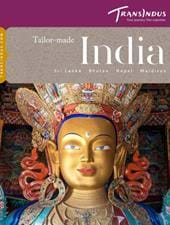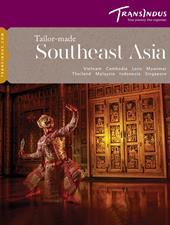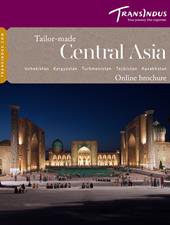In the early 19th century, the name ‘Khiva’ struck fear into the hearts of Western explorers. The capital of a famously sadistic despots known as the ‘Khans’ (direct descendants of the redoubtable Genghis Khan), it served as the final staging post for caravans bound across the desert to Iran. Today, the town occupies an incongruous bulge in the border with Turkmenistan, in Uzbekistan’s far west, but is easily accessible by road via the city of Urgench.
Evidence of Khiva’s former prominence is an exceptional ensemble of monuments, whose jade-green and blue-glazed domes soar above a belt of medieval mud walls. Most have been immaculately restored, yet they attract far less attention than those of either Samarkand or Bukhara.
The defining landmark here is the Kalta Minar, a squat, elaborately tiled minaret which was never completed because the Khan who commissioned it died before work on the top section could be finished. Like most of the town’s major sights, it dates from the 19th century, although vestiges of much older civilizations punctuate the winding streets of Itchan Kala, the inner walled city. An example is the Djuma Mosque, whose brick domes are supported by pillars that were originally carved from black elm and apricot wood more than a thousand years ago, when Zoroastrianism still held sway in the region.








